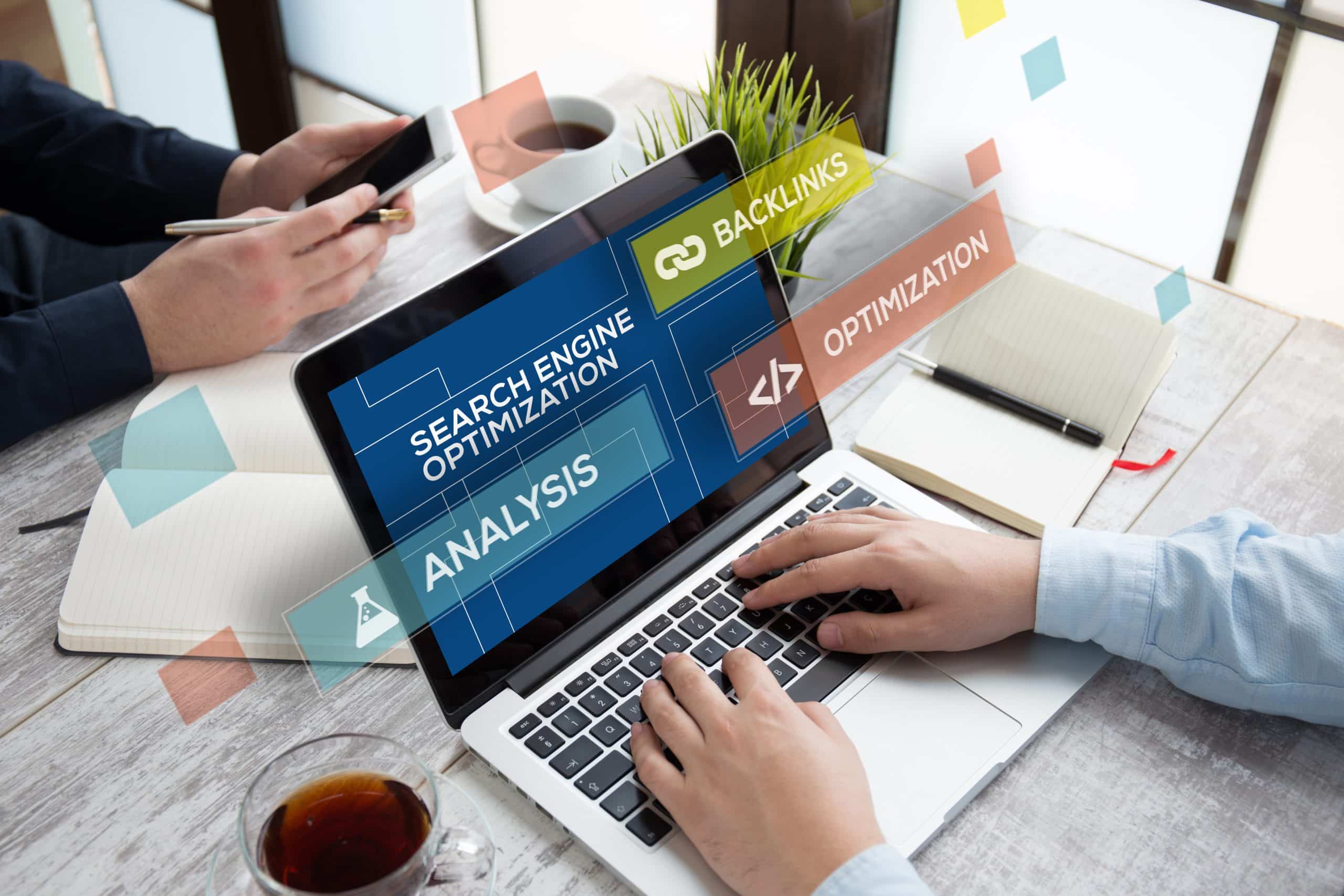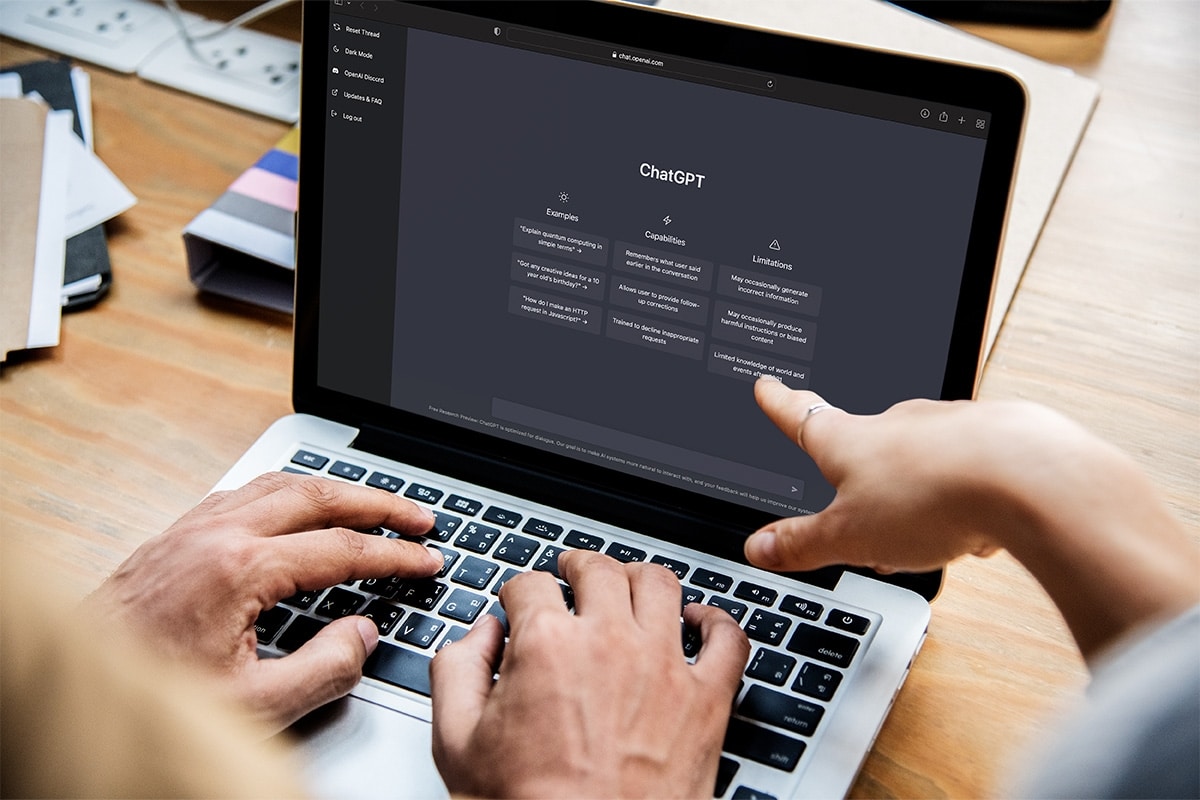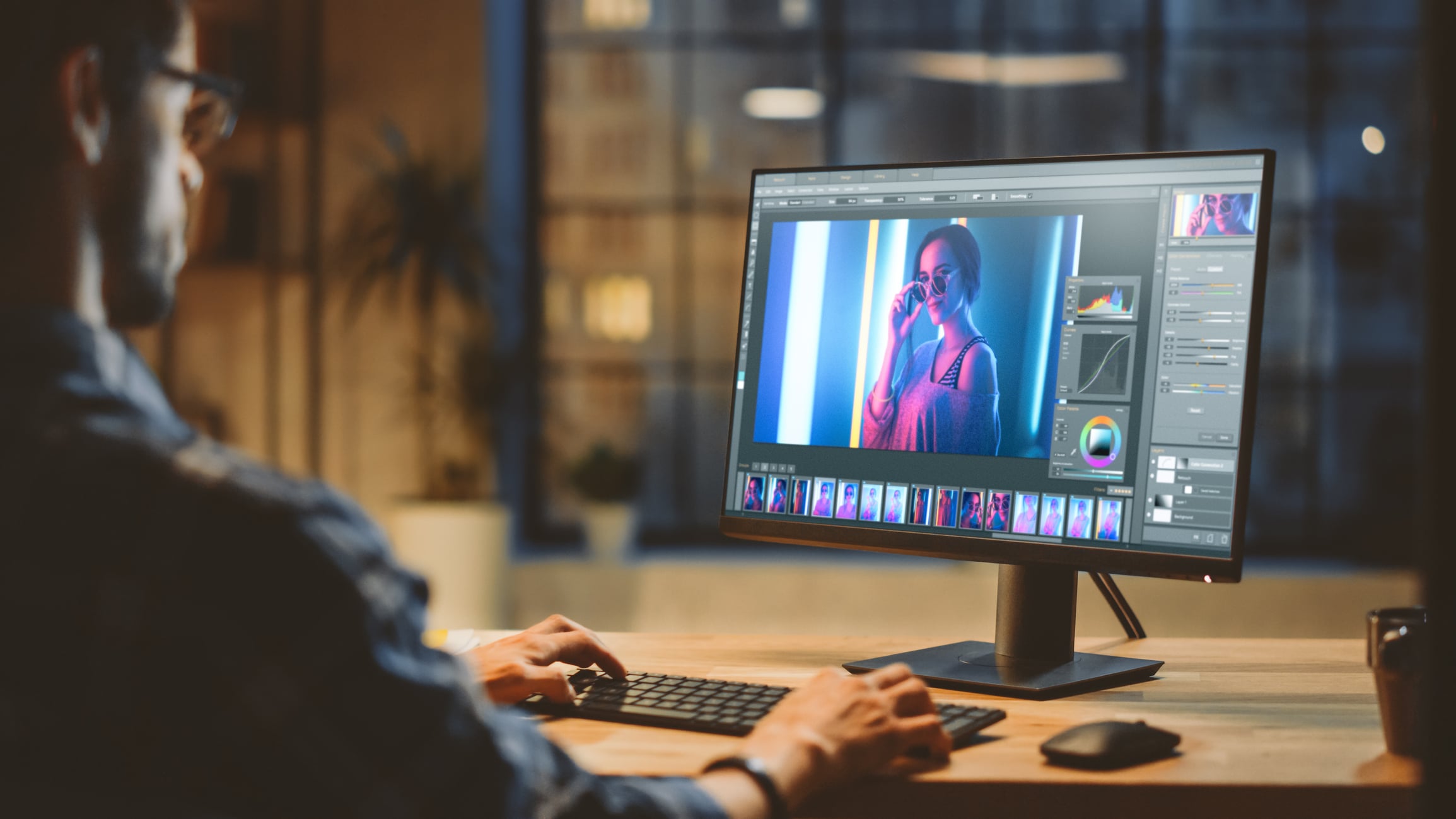We’ve been delivering influencer relations programmes seriously for a good few years here at Prohibition. Seriously in as far as we’re now making influencers a key part of most of our integrated campaigns, we’re dealing with significant influencer budgets, and we’re generating some impressive results when it comes to post-campaign ROI.
All this means we’ve got a strong perspective when it comes to the shifting influencer marketing and influencer relations landscape, and here’s a summary of what we know.
The shift from influencer marketing to influencer relations:
- Brian Solis covered this issue in detail in his recent Influence 2.0 white paper. He talks about the shift from one-off influencer marketing programmes, to ‘always-on’ influencer relations programmes. Practically speaking this is about working with influencers in a much more involved, ongoing basis, not just around the big campaign spikes. This is certainly something we’ve been advising our clients on, and as Solis points out, it’s a way to have much more in-depth conversations, get valuable feedback and really gain a deeper understanding around what matters to your influencers.
Embrace the mid-tier influencers
Working with influencers is no longer about enrolling Hollywood celebrities with huge followings and even bigger price tags. It’s increasingly about relevance and working with networked individuals, who have genuine influence within their respective niche. In many cases that can mean looking at the so-called mid-tier sweet spot: on Instagram, for example, this tends to be the 50,000 – 100,000 mark. Targeting 10 of these is easier, more relevant and more cost-effective than working with a 1m+ influencer. Bloom & Wild do this brilliantly.
Don’t be afraid to ask for metrics
Any influencer programme has to work for both parties, and should be viewed as a symbiotic relationship. Influencers have got much savvier, and that means many now have agents and rate cards. But rather than agents being seen as obstructive, this brings a new level of professionalism and transparency. So don’t be afraid to ask questions to make sure an influencer is right for you; what results have they achieved from previous brand campaigns, who else have they worked with, what can they expect to achieve for your campaign? Also think about reach versus engagement: many influencers have one or the other, but not necessarily both. Which best sits with your objectives?
Don’t interfere with the influencer (but be realistic).
Typically there’s two ways you can work with influencers, especially if you’re producing video or visual content. You either create the assets yourself (for example with your own videographer or photographer) OR you can ask the influencer to create content on your behalf. If you go down the latter route, then please, don’t interfere – they, of course, have a better understanding of what their audience responds to than you do. While it’s ok to create a brief, including some brand imperatives (for example, referencing a key message), leave it at that. This does require an element of trust, but top influencers are professionals and should be treated as such.
Start with WHY?
Influencers get pitched to – a lot. Just because you’ve got a budget does not mean that thy will want to work with you. Similarly, just because an influencer shows some interest in your brand, it doesn’t mean you should necessarily drop everything and rush to broker a deal. It’s incredibly important that you choose influencers based on their core values resonating with your own. Simon Sinek calls this the “why” – and if you get this right, your activity will resonate better with consumers, your influencer will pull out all the stops to deliver for you, and your campaign will be more meaningful and effective.




